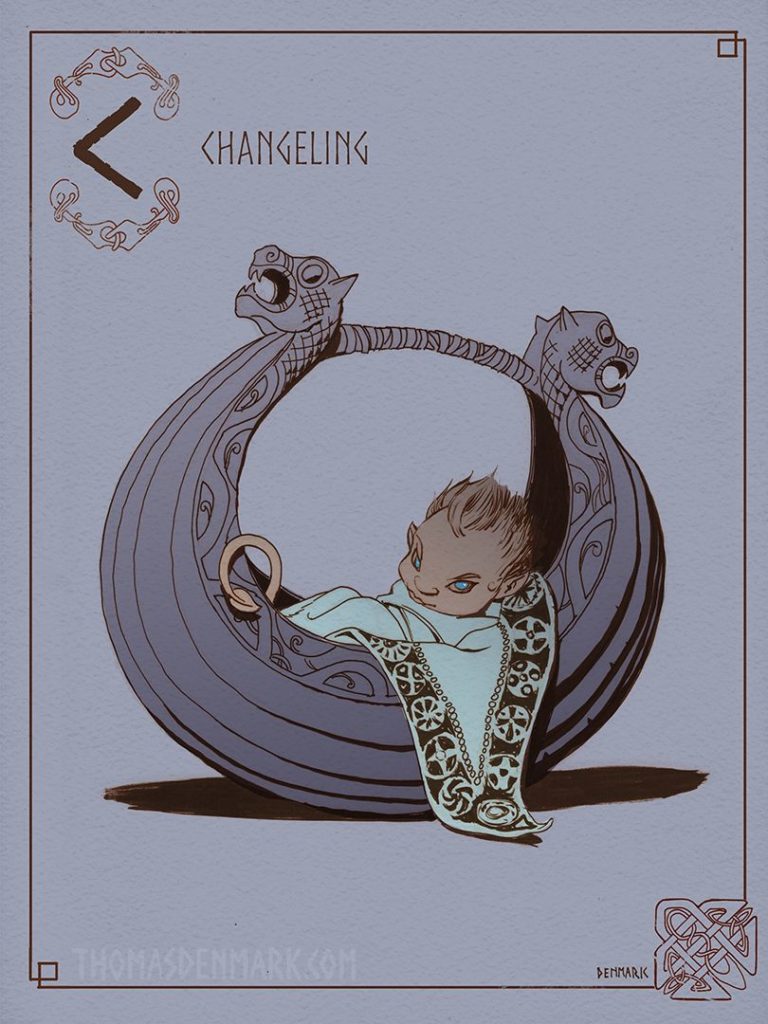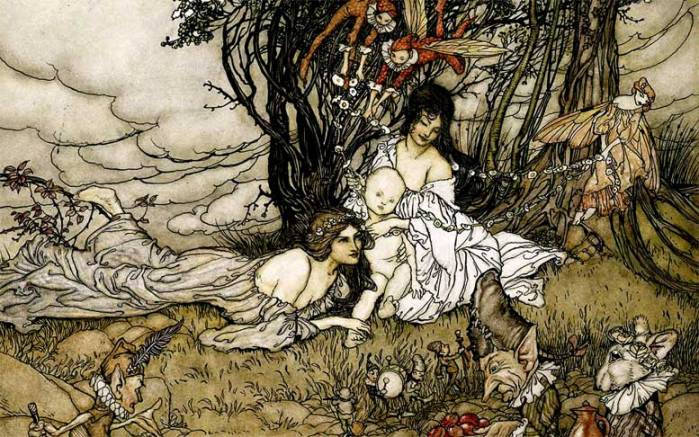Set in 1825 in South-West Ireland,
this novel explores liminal spaces and inexplicable things. In this world many
follow the ‘old’ beliefs that children (and adults) could be stolen (swept) by
the fairies to be replaced by changelings. Folklore and superstition are
important here; herbs and flowers have healing and harmful powers; each chapter
is named for one and begins with a botanical pen and ink drawing.
Nóra is caring for her daughter’s
child, Micheál, after her own daughter has died. The boy has a disability which
prevents him from speaking or walking and, after her husband Martin’s
mysterious death at a crossroads (a place of magic), rumours abound that
something may be not quite right with child. Nóra hires a servant girl, Mary,
to help her to care for Micheál, and when Mary hears gossip from the women at
the well that Micheál may be a changeling, she and Nóra enlist the help of Nance,
the wise woman in the woods, who is believed to consort with the fairy folk, or
the Good People, as they are also known.
This is a traditional battle
between female and male energy, where women with knowledge are punished as
witches, while men and priests hold all the power. There are glimpses of
domestic violence and mental and physical cruelty in the community as the women
cower to their husbands. Nóra is isolated in this society and, when there is
cold and hunger, she is the last to be considered, leaving her to make wild
choices.
We first meet Nance when she
turns up at Martin’s wake and begins keening. The new priest, Father Healy,
takes an instant dislike to Nance and lectures, against “the old ways that keep
Irishmen at the bottom of the pile. ’Tis a new age for Ireland and for the
Catholic Church. We’re to be paying our pennies to the Catholic campaign, not
to unholy keeners.” Depending on who’s telling the story, Nance is either the “handy
woman” or the “interfering biddy” who believes in the potency of the old ways
and receives several visitors “mainly the men... who did not trust the doctor
or could not afford his labelled tinctures” to whom she supplies herbal remedies.
Brimming with Hardy-esque pathetic
fallacy, the novel credits the seasons with paramount importance in an
agricultural community. Life is cyclical in its natural rhythms: Nóra and Nance
both believe that all is connected in ways the Catholic Church doesn’t
encompass. Under the instruction of Nance and with the reluctant assistance of
Mary, Nóra tries to return the changeling child to the fairy world by
submerging it in the river.
The novel is based on a true
story of infanticide in 1826 where an old woman of advanced years known as
Anne/Nance Roche was indicted for the wilful murder of Michael Kelliher/Leahy,
who had been drowned in the river Flesk. In this version, the final chapters take
place in a courtroom, which opens a completely new world, and exacerbates the claustrophobic
nature of the valley community. The characters are trapped in crucible of
superstition, poverty and geography, with no way out except for torturous
ordeals of fire and water.



No comments:
Post a Comment